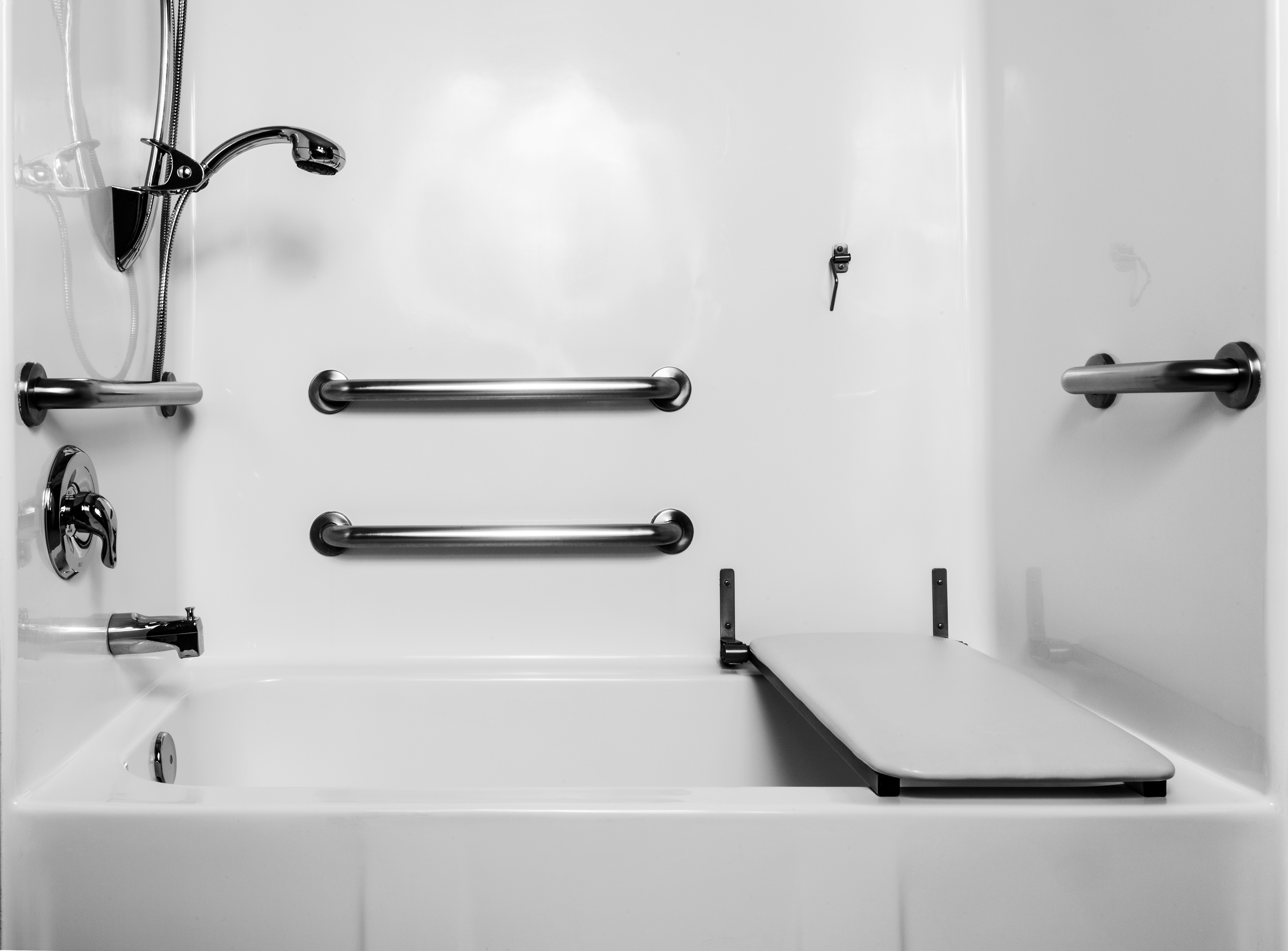
Imagine living in a space that caters to your every need. For those with disabilities, having a wheelchair accessible is not just a luxury but a necessity. It’s about creating an environment where you can navigate freely and perform daily tasks without limitations.
Here are ten practical ways to make your home more accessible.
How to Make Your Home Wheelchair Friendly
1.Widen Doorways
One of the first steps toward creating a wheelchair-accessible home is widening your doorways. Standard doorways may not be wide enough to accommodate wheelchairs, making it difficult to move between rooms. You can easily widen your doorways by using offset hinges to swing the door clear of the opening. Shoot for a minimum width of 32 inches.
2.Install Ramps
Ramps are an easy way to give wheelchair users safe access to higher spots. They can be made from wood or aluminum and customized to fit your home's specific layout. Whether it’s a front porch, a step leading to the backyard, or an interior staircase, ramps make it simple to move around without needing help.
3.Add Grab Bars
Grab bars are an invaluable addition to bathrooms. They can be installed near toilets, showers, or bathtubs, making things safer and helping you be more independent. Look for a grab bar about 1-½ inches thick for a comfortable grip.
4.Incorporate Assistive Devices
Assistive devices make moving between different parts of your house safe and straightforward, like using stair lifts or patient lifts to avoid going up stairs alone. You should also look into more tailored options like voice assistants or smart hubs for better control of lighting or climate.
Talk to a mobility expert to find the best devices for your needs.
5.Make Bathroom Modifications
Bathrooms can pose unique challenges for wheelchair users. Instead of bathtubs, consider installing showers with no curbs. Consider a shower bench or chair for added comfort and safety during bathing.
Also, add non-slip floors and raise toilet seats to make the bathroom easier to use overall.
6.Create Open and Navigable Spaces
Keep spaces open to ensure your home is easy to move around. Arrange your furniture so there are at least 32 inches between pieces, so wheelchair users have plenty of room to move without any obstacles.
7.Improve Lighting and Visibility
Well-lit spaces are crucial for individuals with visual impairments or limited mobility. Install bright, evenly distributed lighting throughout your home, including hallways, staircases, and entryways. Consider motion-activated lights for added convenience and energy savings. Place light switches at accessible heights so they’re easy to use.
8.Adapt Flooring
Choosing the right flooring is super important for wheelchair accessibility. Smooth, non-slip surfaces like hardwood or tiles make it easy to move around and reduce the risk of falls. Avoid thick carpets or rugs because they can make it hard for wheelchairs to roll and cause people to trip.
9.Make Kitchen Modifications
In the kitchen, make sure appliances and countertops are within reach. Lowering countertop heights or installing adjustable countertops allows wheelchair users to prepare meals and perform activities comfortably.
Consider pull-out shelves and drawers to access utensils, pots, and pans. Install lever handles on faucets for easy use.
10.Seek Professional Consultation
Mobility experts can assess your home’s layout and individual needs to provide tailored recommendations. They can also guide you through the process of selecting and installing the most suitable modifications and assistive devices for your specific requirements.
Contact Our California Mobility Experts Today!
At Freedom Mobility, we’re dedicated to making your home more wheelchair-accessible. Need advice on your current power wheelchair or considering a new one? We’re here! Our team offers FREE consultations and expert assistance throughout California.
Contact us today to learn more!
March 1, 2024 by Freedom Mobility
Imagine living in a space that caters to your every need. For those with disabilities, having a wheelchair accessible is not just a luxury but a necessity. It’s about creating an environment where you can navigate freely and perform daily tasks without...